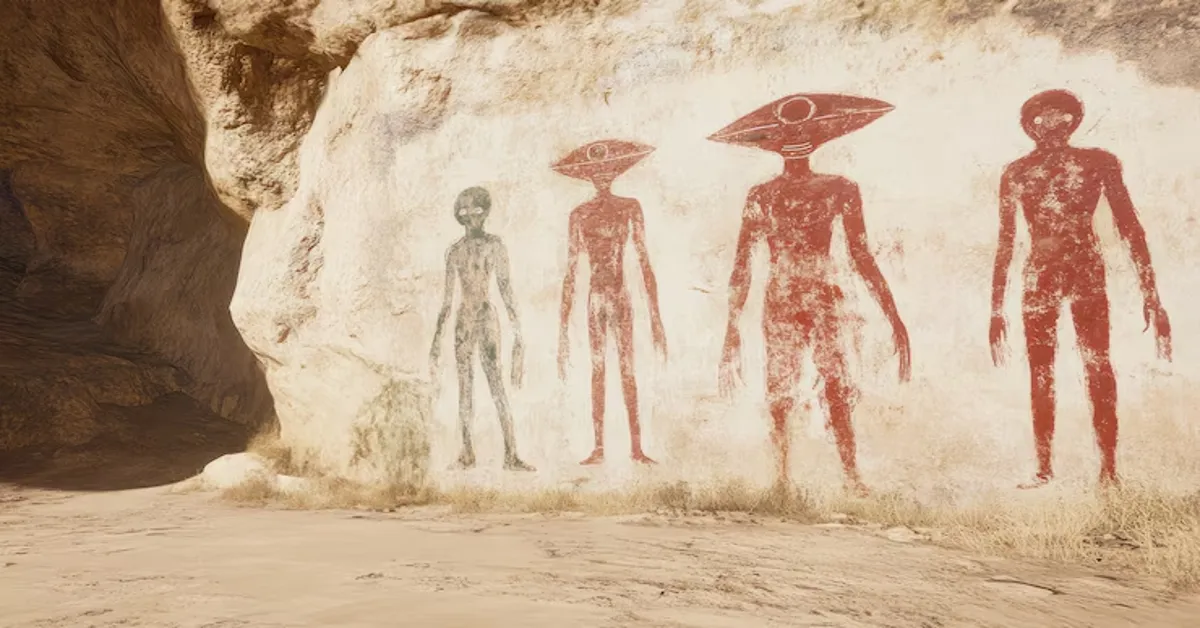Introduction
From the depths of prehistoric caves to the towering temples of ancient empires, ancient artz is more than just relics of the past—it’s a vibrant record of human creativity, belief, and survival. These timeless creations offer a window into the soul of early civilizations and continue to inspire artists and scholars today.
In this article, we’ll explore the origins, significance, and enduring influence of ancient artz, shedding light on the tools, techniques, and meaning behind humanity’s oldest artistic expressions.
What Is Ancient Artz?
“Ancient artz” refers to the artistic expressions created by early civilizations and prehistoric societies. These works are often characterized by their use of symbolism, religious motifs, and narrative storytelling through visual form.
It encompasses a wide range of creative forms including:
- Cave paintings
- Sculptures and reliefs
- Ceramics and pottery
- Architectural design and decoration
The term “artz”—a stylized spelling of “arts”—is often used in digital culture to bring modern flair to classical concepts.
Major Periods and Styles of Ancient Artz
Ancient artz evolved across diverse cultures, with each civilization contributing unique styles and themes. Here are some major periods:
Prehistoric Art
- Location: Europe, Africa, Asia
- Time Period: 40,000 – 10,000 BCE
- Examples: Lascaux cave paintings, Venus figurines
Egyptian Art
- Focus: Afterlife, gods, and pharaohs
- Time Period: 3,000 – 30 BCE
- Mediums: Stone carvings, tomb paintings, papyrus scrolls
Mesopotamian Art
- Highlights: Cuneiform tablets, ziggurat reliefs
- Civilizations: Sumerians, Assyrians, Babylonians
Greek and Roman Art
- Greek: Idealized forms, naturalism
- Roman: Realism, political propaganda in sculptures and mosaics
Each of these periods brought forward innovations in storytelling, symbolism, and craftsmanship that continue to shape how we define art today.
Materials and Techniques Used
Ancient artists didn’t have modern tools, but they were resourceful with materials available in their environment.
Common Materials:
- Stone: Marble, limestone, sandstone
- Clay: Used for pottery and sculpture
- Natural pigments: Ochre, charcoal, plant dyes
- Bronze and gold: Used in later periods for weaponry and adornment
Techniques:
- Engraving and carving
- Pigment mixing with animal fat or plant oil
- Relief sculpture (bas and high relief)
- Mural painting using brushes made from animal hair
These methods laid the groundwork for future art disciplines such as fresco, sculpture, and pottery.
The Cultural and Spiritual Role of Ancient Artz
Art wasn’t just decoration—it played an essential role in daily life, spirituality, and power structures.
Functions of Ancient Artz:
- Religious Symbolism: Gods, spirits, and celestial events
- Political Power: Statues of kings, triumphal carvings
- Storytelling: Recording battles, mythology, and rituals
- Burial Practices: Tomb paintings and funerary objects
Art was a sacred language, bridging the gap between the physical and the metaphysical.
Famous Examples of Ancient Artz
Here are some iconic works that define the term “ancient artz.”
- The Venus of Willendorf (Austria, ~28,000 BCE): A fertility figure symbolizing early human conceptions of life.
- The Great Sphinx of Giza (Egypt, ~2500 BCE): A massive limestone statue representing royal power.
- Parthenon Frieze (Greece, ~5th century BCE): Detailed carvings illustrating mythology and civic pride.
- Terracotta Army (China, ~210 BCE): Thousands of life-sized soldiers buried to protect the first emperor in the afterlife.
These artifacts are found in museums worldwide and represent the legacy of early human imagination.
Ancient Artz in Modern Society
Though thousands of years old, ancient artz continues to impact modern design, fashion, architecture, and even digital art.
How It Lives On:
- Museum Exhibitions: Bringing artifacts to global audiences
- Art Education: Inspiring new artists and historians
- Pop Culture: Referenced in movies, games, and fashion
- Digital Re-creations: 3D models and virtual reality exhibitions
In a fast-paced world, ancient artz reminds us of humanity’s shared roots and universal urge to create.
Conclusion
From prehistoric cave walls to majestic temples, ancient artz stands as a testament to the enduring power of human expression. These early works tell stories of survival, belief, and identity that still resonate in today’s digital age.
Whether you’re an art lover, historian, or casual explorer, diving into ancient arts is a journey through time—one that brings the past vividly into the present.
FAQs
Q1: What does the term “ancient artz” mean?
A1: It refers to artistic works from early human history, including prehistoric to classical civilizations.
Q2: Why is ancient art important today?
A2: It offers insights into early cultures, belief systems, and serves as the foundation of modern art and design.
Q3: Where can I see ancient artz in person?
A3: Visit museums like The British Museum, The Louvre, and The Met, or explore online archives and VR tours.
Q4: What makes ancient artz different from modern art?
A4: Ancient artz is often symbolic, functional, and tied to religion or politics, while modern art emphasizes personal expression.
Q5: Can I study ancient artz academically?
A5: Yes, many universities offer degrees in art history, archaeology, and classical studies focused on ancient art.









